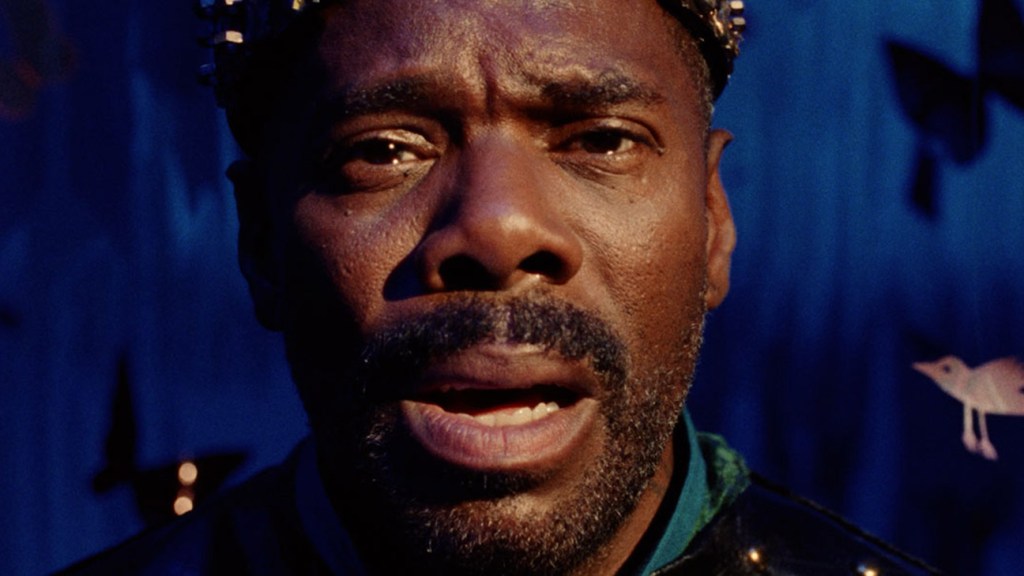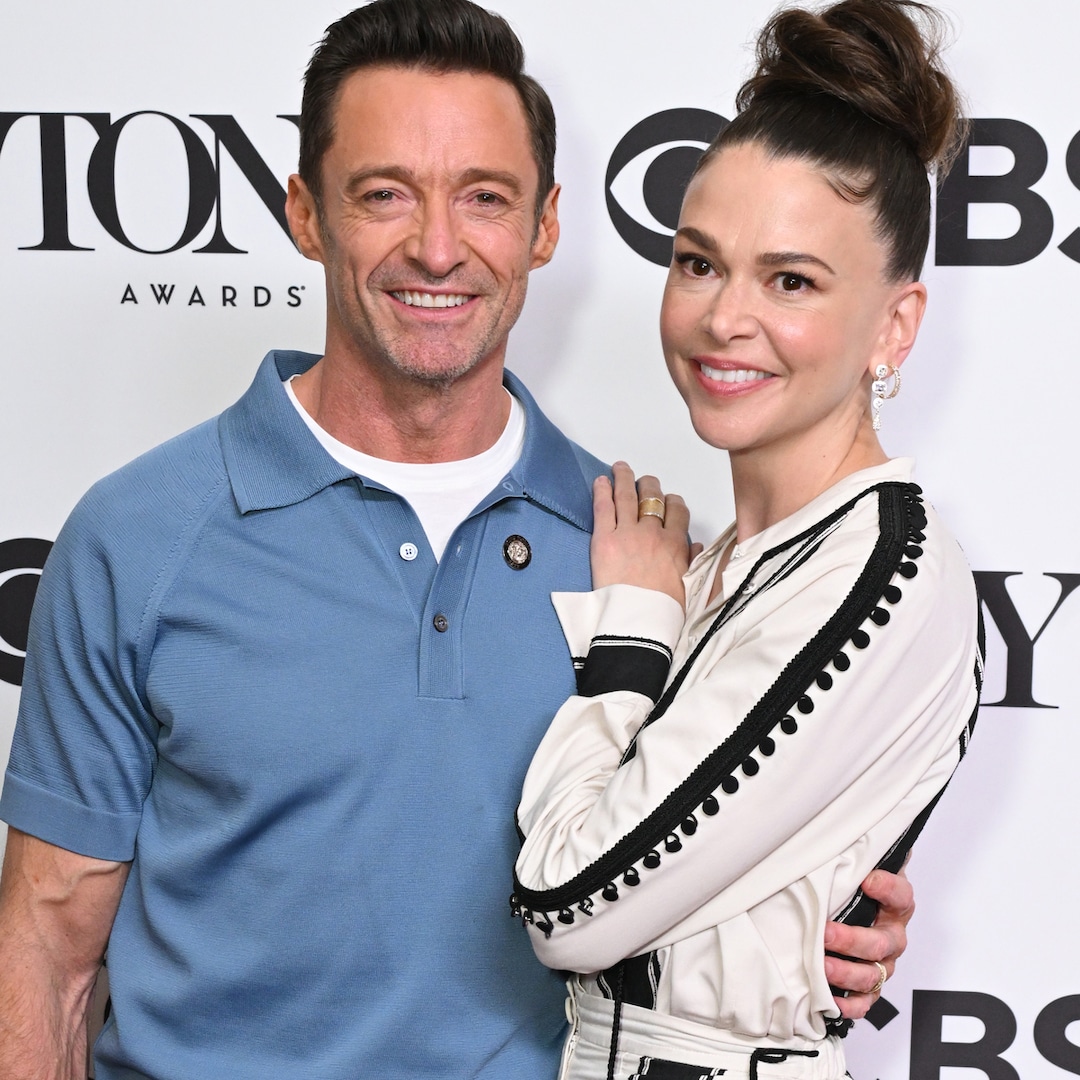
Formerly Incarcerated Cast of ‘Sing Sing’ on Shooting the Prison Drama – The Hollywood Reporter
Sep 10, 2023
“Our industry has ingrained such an idea of what to expect from a prison story,” says filmmaker Greg Kwedar, who is hoping to change that narrative with the help of those whose stories had been misrepresented.
Kwedar’s Toronto-bound feature Sing Sing centers on the Rehabilitation Through the Arts (RTA) program run out of the eponymous prison that sees the incarcerated producing and acting in stage productions. The story centers on the real-life friendship of RTA alumni John “Divine G” Whitfield (portrayed by Colman Domingo) and Clarence “Divine Eye” Maclin, who plays himself. The film chronicles the bond that develops between the men as they try to decide which play to perform next. Outside of a few professional actors, including Domingo and Oscar nominee Paul Raci, Sing Sing is populated with formerly incarcerated performers, the majority of them alumni of the RTA program.
The filmmaker first went inside a maximum-security prison while he was waiting for his feature directorial debut, Transpecos, to bow at SXSW in 2016, and helped a friend shoot a short documentary on life inside the prison. While filming he saw an inmate in a cell with a rescue dog, participating in a popular prison program that pairs incarcerated individuals with puppies and dogs who they are tasked to train. While researching other prison rehabilitation programs, Kwedar came across a 2005 Esquire article “The Sing Sing Follies,” a story about the RTA programs staging an original play inside New York’s infamous Sing Sing Correctional Facility. Since finding out about the program, Kwedar has attended multiple RTA stage productions, most recently a staging of Twelfth Night, and has taught workshops to participants.
“We never want to come into a world and for it to feel transactional but to be an exchange,” says Kwedar, who along with filmmaking partner Clint Bentley, who co-wrote Sing Sing, employs what they have dubbed “community-based filmmaking.” In this spirit, they try to employ the real locations and people that make up their films. For their 2021 Sundance feature Jockey, which landed at Sony Pictures Classics out of the fest and had a small but respectable awards run, they shot on a working racetrack and surrounded star Clinton Collins Jr. with real-life racehorse jockeys.
For Sing Sing, Kwedar spent seven years developing the story with Maclin, Whitfield, RTA leadership and volunteers. Sing Sing filmed in Downstate Correctional Facility, a prison in the Hudson Valley that was decommissioned only a few months before production. Filming took place over three weeks in July 2022, and Downstate, like the majority of American prisons, had no air-conditioning. “Being there 14 hours a day, you realize there is no ventilation. Out every window, there’s razor wire, and it is choking every room you’re in. It gets deep under your skin. You feel the ghosts in the walls,” says the director. Domingo had to enlist the help of a production assistant to navigate the hallways: “It’s designed for you to get lost. It really does something to your mind.” (Sing Sing was approved for SAG-AFTRA’s interim agreement, allowing actors to do press about the film.)
Clarence Maclin (in red), with co-star Colman Domingo (seated) and the filmmakers, plays himself.
Phyllis Kwedar
With Downstate as the main intake prison for New York state, the location represented a different kind of potential discomfort for the cast. “We were filming in a prison that they had all been through,” explains producer Monique Walton. “Most of the cast had said they would never set foot in a prison again, or they would never put on greens [the prison uniform] again.” The filmmakers consulted a therapist who specialized in assisting families of the incarcerated and was made available to the cast. Walton says the actors found filming to be a “cathartic experience,” with the uniforms reframed as costumes and Downstate as a film set they left at the end of each day.
Domingo credits his scene partners with inspiring a performance he calls “the most open and raw that I’ve ever been. You can’t lie. You can’t lie with these guys.” Prior to production, the actor, who is seen as an early award frontrunner with Netflix feature Rustin, would call Maclin to help establish their onscreen relationship. He adds, “I did not think it was important to know about why he was ever incarcerated. I wanted to be present with the person that he is today, knowing that the RTA program, what they strive to do, is true rehabilitation.”
Another prong of the filmmaker’s “community-based” approach includes how cast and crew are compensated. “It is a model of equality throughout the entire cast and crew, with everyone getting paid the same rate,” explains Walton. Put simply, everyone working on Sing Sing, which was produced and financed by Black Bear, from Domingo to the production assistant, was paid the same rate — based on SAG weekly or daily minimums, depending on how long they worked on the production — and everyone gets equity in the film. Says Kwedar, who used a similar pay structure on Jockey, “We’re trying to erase the line between above- and below-the-line talent”
“It’s not a model that I’ve heard of before,” says Domingo, who also acts as a producer on the film and notes how the pay structure dovetails into conversations germane to the WGA and SAG-AFTRA strikes, with increased profit participation a major point of ongoing negotiation between the unions and the AMPTP. Domingo says that the transparent pay structure created a noticeable difference on set, saying, “This wasn’t just a work for hire.”
Kwedar adds, “A traditional hierarchical pay structure — where only a few at the top held all the ownership and were paid at a hugely stratified rate — would find its way into the experience on set. I don’t know that we would’ve had as open and as warm and as honest of a set. It directly impacts the storytelling. Everyone is actually a partner versus an employee.” With Sing Sing, the filmmakers hope to prove the viability of the model.
As for RTA, the current executive director, Leslie Lichter, hopes that the film will help with a possible expansion. Founded in 1996, RTA is currently only run out of six prisons in New York State. According to the program, less than 5 percent of RTA members return to prison, compared to the national recidivism rate of 60 percent. “There are a lot of good people in prison who made poor choices or bad mistakes,” says Maclin. “I know what I know, and I’ve seen what I’ve seen. And I know good people when I see them. [Sing Sing] gives a different image of what a prisoner is.”
Publisher: Source link
Nicole Kidman’s Viral Getty Image Catalog
Nicole Kidman's Viral Getty Image Catalog Nicole Kidman has stepped back into the limelight to promote the new A24 erotic thriller Babygirl — and she’s looking as radiant as ever. The Academy Award-winning star has had an incredibly storied career,…
Jan 14, 2025
Hugh Jackman and Sutton Foster Have Steamy Makeout Session
The Music Man's final curtain call was in January 2023. But it wasn't the only thing to come to an end. In September of that year, Jackman and his wife of 27 years Deborra-Lee Furness announced their split."We have been blessed…
Jan 14, 2025
Mandy Moore Shares She’s Unsure If Her Home Survived
California Fires: Mandy Moore Shares She's Unsure If Her Home Survived On Tuesday, Mandy shared on her Instagram story that she, her children, and her pets left their home and were safe. "Evacuated and safe with kids, dog and cats.…
Jan 13, 2025
YouTubers Colin, Samir Lose Homes to L.A. Fire as Wives Are Pregnant
Angelina Jolie, Halle Berry, Jamie Lee Curtis & More Stars Are Giving Back Amid LA FiresYouTubers Colin Rosenblum and Samir Chaudry are opening up about their heartbreaking situations. The duo, otherwise known on the platform as Colin and Samir, recently…
Jan 13, 2025











